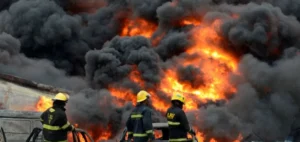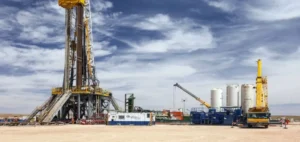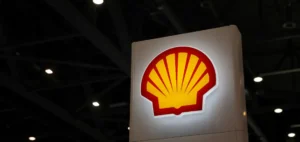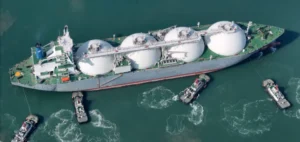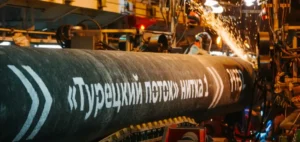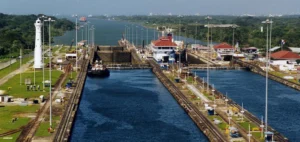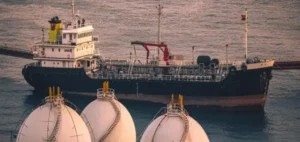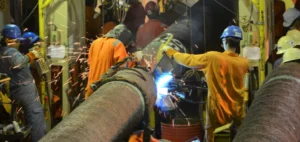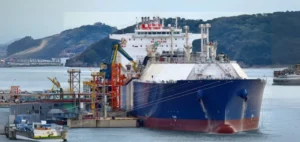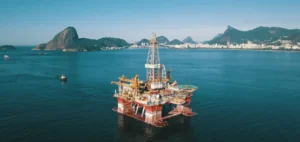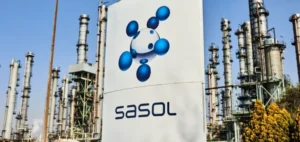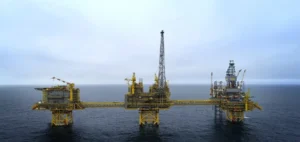The winter season in the United States began with a rather bearish natural gas market. However, the weather forecast for colder weather at the end of November seems to have changed all that. The U.S. Energy Information Administration (EIA) is expected to announce a significant 105 billion cubic feet (Bcf) drawdown in gas inventories for the previous week, according to a recent survey by S&P Global Commodity Insights. Responses to this survey varied considerably, from 80 Bcf to 125 Bcf.
Factors influencing Demand and Supply
At the end of November, residential and commercial gas demand in the United States climbed by more than 8.1 Bcf/d compared with the previous week, reaching a peak of 38.8 Bcf/d. This was the biggest rise since the end of February. A slight increase in electricity demand was also observed, rising by almost 4.2 Bcf/d to an average of 34.1 Bcf/d. On the supply side, a drop in production of around 900 million cubic feet per day was fully offset by a net increase in import-export flows, which turned positive during the week.
Implications for Gas Inventories
According to analysts’ consensus, this market tightening should result in a 105 Bcf drawdown of stocks for the last week of November. This figure, compared with the five-year average of 48 Bcf and the 30 Bcf withdrawal of the previous year, looks relatively bullish. If this 105 Bcf withdrawal estimate is correct, US stock levels would fall to 3,731 Tcf, reducing the surplus over the five-year average to 246 Bcf, around 7% above average, and the surplus over 2022 would also tighten to 266 Bcf, almost 8% above the previous year’s level.
Future Dynamics and Perspectives
The NYMEX January futures contract for natural gas edged up by 1 to 2 cents, trading around $2.70/MMBtu on December 5. After peaking in early November at close to $3.60/MMBtu, futures have been under constant pressure, due to uncertain winter demand, rising supply and a growing storage surplus. “They don’t see record production easing, and temperatures aren’t as cold as they feared,” says Phil Flynn of Price Futures Group.
Gas market dynamics in the United States showed a significant adjustment at the end of November, influenced by rising demand and supply adjustments. This first major downturn of the winter signals a change in the market, which nevertheless remains subject to uncertain weather and production conditions.



